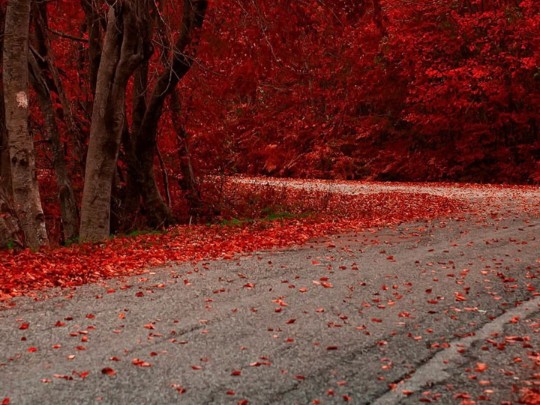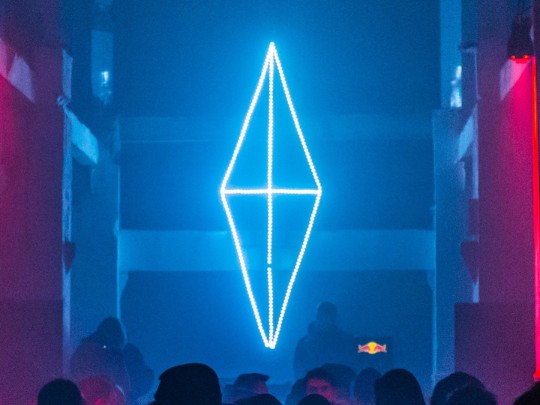Fleeting Canvas: The Ephemeral Beauty of Graffiti Trains

The rumble of the tracks, the screech of brakes – these are the sounds that accompany a truly unique form of urban art. We're talking about the transient beauty of graffiti on moving trains, a spectacle that captivates and disappears as quickly as it arrives.
Unlike more established murals that adorn brick walls, train art is inherently ephemeral, a floating exhibition witnessed by travelers and immortalized by quick-thinking photographers. Each passing train transforms into a canvas, a momentary display of vibrant colors and intricate designs. It's a visual poem written on steel, a fleeting expression of creativity set against the backdrop of the urban landscape.
Consider the striking contrast. Graffiti on walls stands as a testament to persistent existence, often accumulating layers of tags and artwork over time, a visual record of the city's pulse. It's a conversation etched in paint, a historical archive of artistic expression. The work becomes part of the city's very fabric, a tangible representation of its evolving identity. Often, these murals tell stories, reflect social commentary, or simply offer a splash of color and inspiration to passersby.
But the train graffiti artist operates within a different paradigm. Their art is a performance, a fleeting moment of rebellion and creativity. The train itself becomes the medium, its movement adding a dynamic element to the artwork. The challenge lies in creating a compelling piece within a limited timeframe, knowing that it will soon vanish from view.
The ephemerality of train graffiti adds to its allure. It's a reminder that beauty can be found in the transient, in the moments that are here and then gone. It encourages us to appreciate the present, to be mindful of the fleeting nature of existence. The images captured by photographers become precious artifacts, preserving a glimpse of a moment in time, a testament to the creativity and daring of the artists.
Furthermore, the act of painting a moving train carries inherent risks, often pushing the boundaries of legality and personal safety. This element of risk adds another layer of intrigue to the art form, highlighting the dedication and passion of those who create it. It's a dance with danger, a bold statement of artistic expression.
Ultimately, both wall graffiti and train graffiti contribute to the vibrant tapestry of urban art. While one offers permanence and historical context, the other provides a fleeting glimpse of beauty, a reminder to embrace the ephemeral and appreciate the art of the moment. The moving canvas of a graffiti train is a spectacle that continues to fascinate and inspire, a testament to the enduring power of creative expression in the urban environment.





